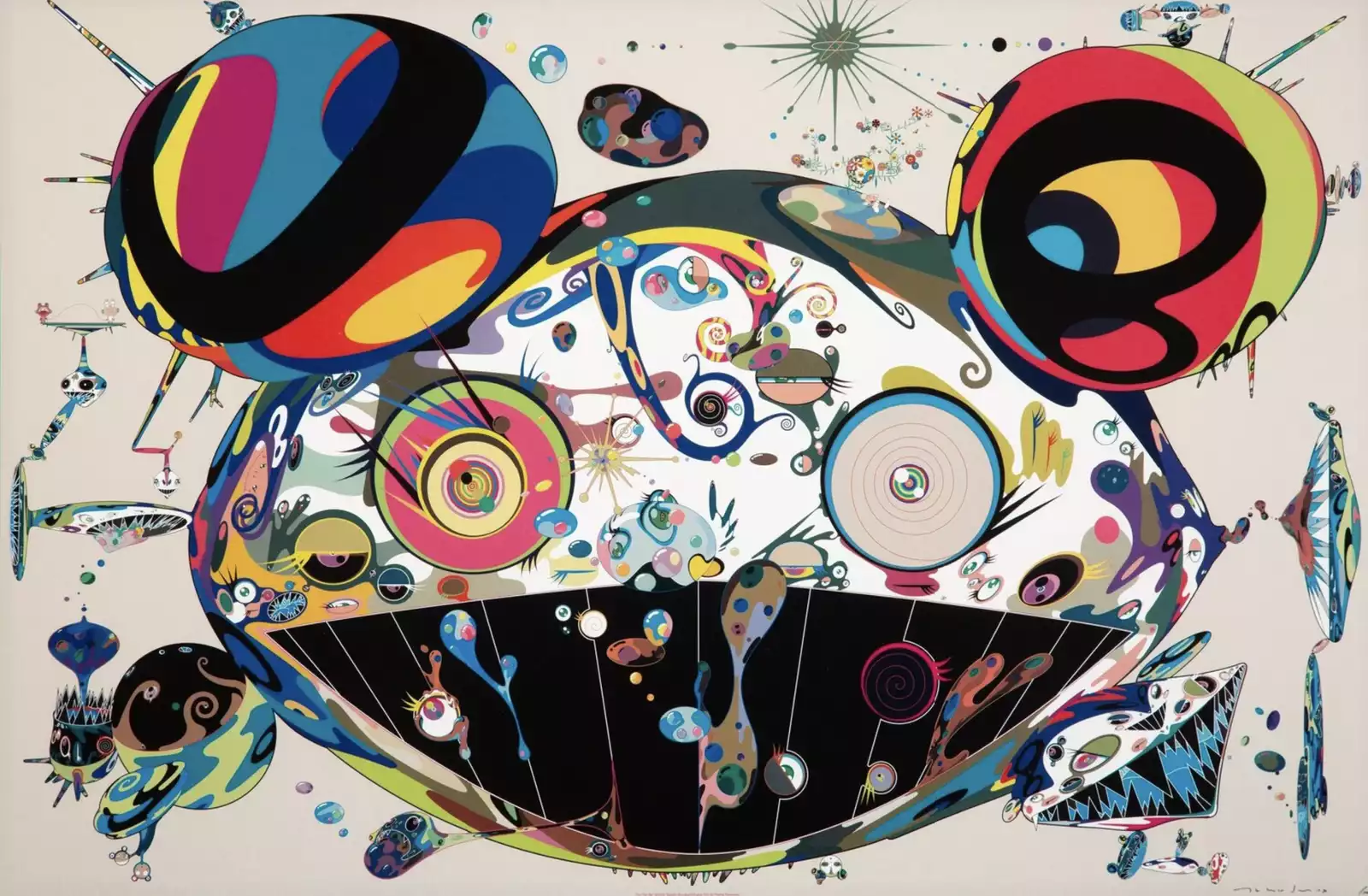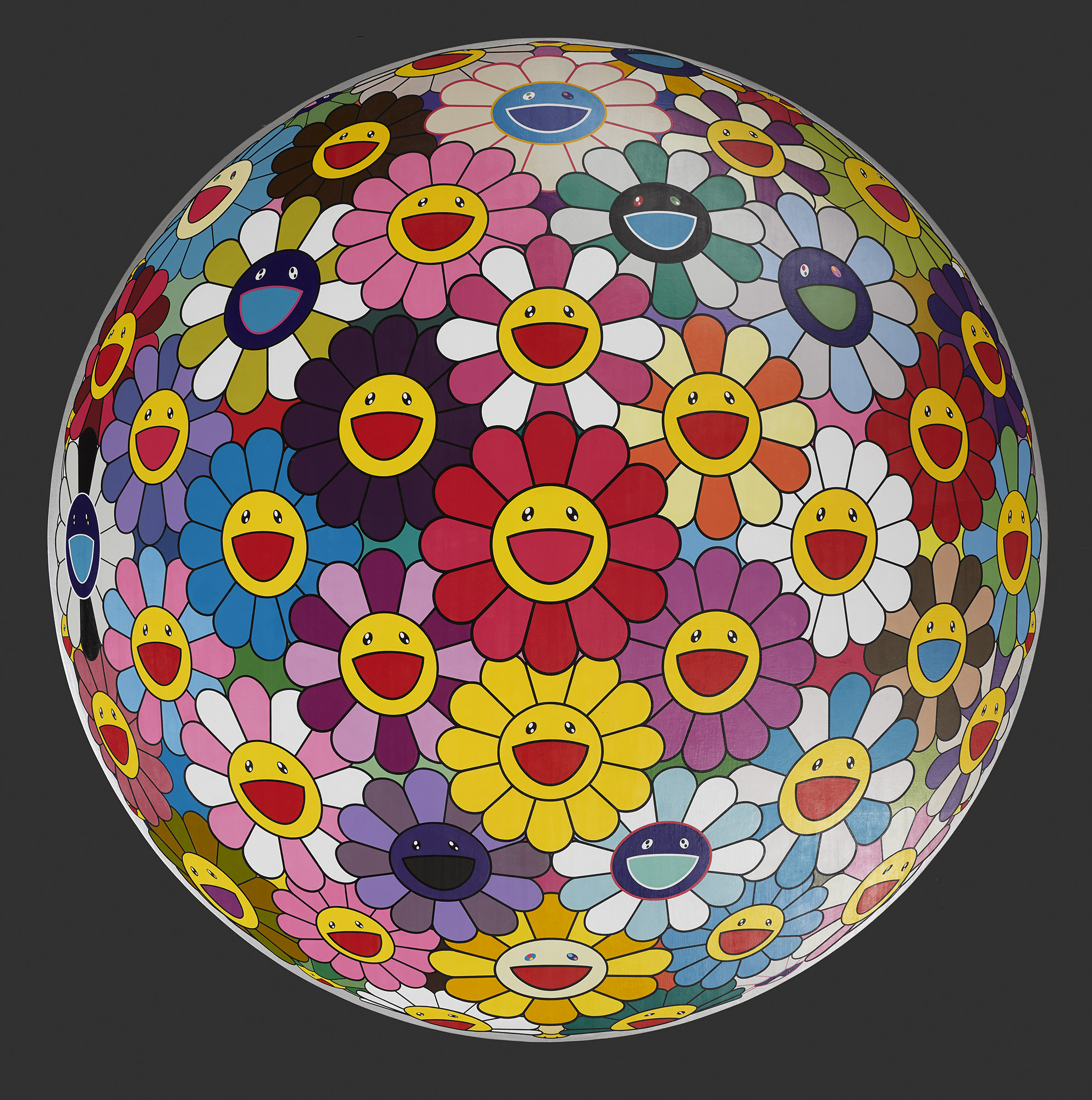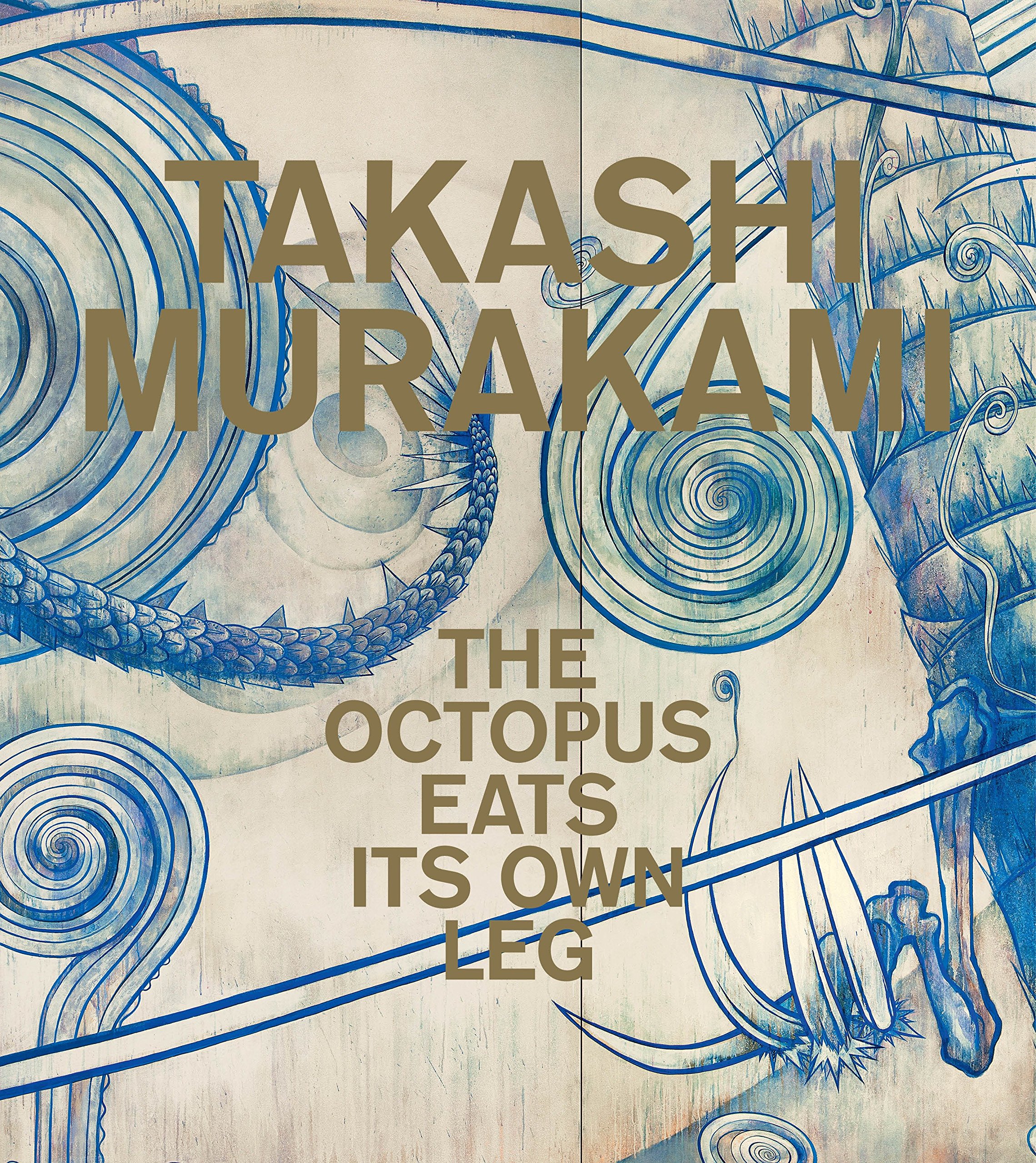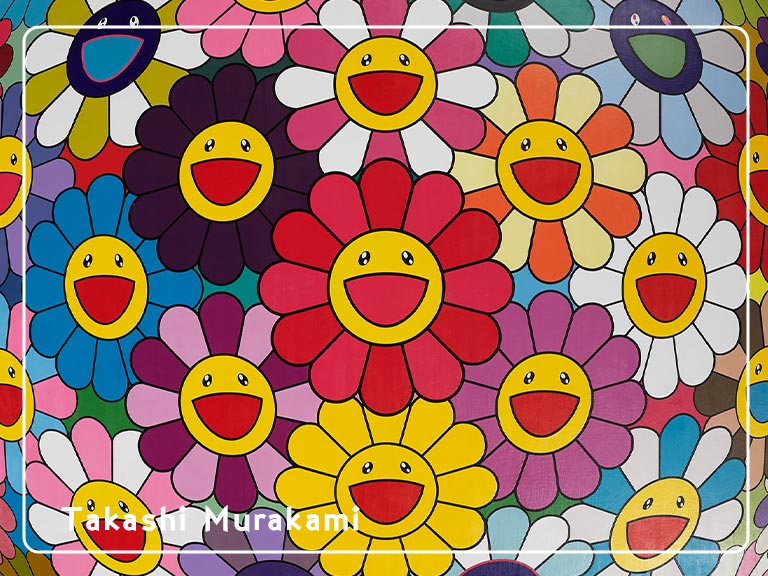Takashi Murakami, a contemporary Japanese artist, has become synonymous with his vibrant and whimsical artworks that bridge the gap between high and low culture. Born on February 1, 1962, in Tokyo, Murakami has gained international recognition for his unique style, which blends traditional Japanese art forms with popular culture references. His imaginative creations, characterised by bold colours, cute characters, and a touch of surrealism, have captivated art enthusiasts worldwide.
Growing up in postwar Japan, Murakami was heavily influenced by anime, manga, and the vibrant visual language of popular culture. His exposure to these art forms, combined with his studies in traditional Japanese painting, shaped his distinctive artistic vision. Murakami draws inspiration from both Eastern and Western art, incorporating elements of traditional Japanese motifs and the aesthetics of contemporary consumerism.
Murakami is credited with coining the term “Superflat,” a concept that fuses traditional Japanese art’s flatness with the flattening effect of contemporary consumer culture. This concept became a defining characteristic of his work, as he explores the notion of the two-dimensionality of contemporary society.
In 2001, Murakami established the art production and management company Kaikai Kiki Co., Ltd., which supports emerging artists and promotes his own artistic endeavours. Through Kaikai Kiki, Murakami has further expanded his influence on the contemporary art scene, organising exhibitions, collaborations, and merchandising ventures.
“Mr. DOB” (1993):
One of Murakami’s most recognisable characters is “Mr. DOB,” a cartoon-like figure with round eyes and a mischievous grin. This character, which serves as a self-portrait of sorts for the artist, has appeared in various forms throughout his career and has become an iconic symbol of his art.

“Flower Ball” (2002):
Murakami’s “Flower Ball” series showcases his fascination with flowers, which often appear in his works as joyful and optimistic symbols. The sculptures, featuring brightly coloured, oversized flowers, demonstrate his ability to merge the organic and the synthetic, blurring the boundaries between nature and artifice.

“The Octopus Eats Its Own Leg” (2017):
A major retrospective of Murakami’s work, titled “The Octopus Eats Its Own Leg,” was held at the Museum of Contemporary Art Chicago. The exhibition traced his artistic evolution over three decades, showcasing his paintings, sculptures, and immersive installations. It highlighted his ability to bridge the gap between high art and popular culture.
In conjunction with the major retrospective exhibition, Murakami also released a captivating accompanying book of the same name. The book serves as a comprehensive exploration of Murakami’s artistic journey, providing readers with an in-depth understanding of his creative process, influences, and evolution as an artist.
Filled with stunning visuals of his iconic artworks, the book allows audiences to delve into the intricacies of Murakami’s imaginative world. It offers a deeper context and analysis of the exhibited pieces, providing an intimate and reflective experience that complements the exhibition itself.

Takashi Murakami’s influence extends far beyond the art world. His collaborations with fashion brands, including Louis Vuitton and Supreme, have brought his art to a wider audience and blurred the boundaries between art, fashion, and consumer culture. Murakami’s distinctive style and his exploration of the complexities of contemporary society continue to resonate with audiences worldwide.
If you would like to receive a roundup of all of our blog posts once a week to keep you inspired in your inbox, why not sign up to our newsletter. You can access our sign up at the top of our page. If you are a London Art College student and you would like your artwork featured here, drop us a line at any time.


1 thought on “Takashi Murakami: A Fusion of Pop Culture & Contemporary Art”